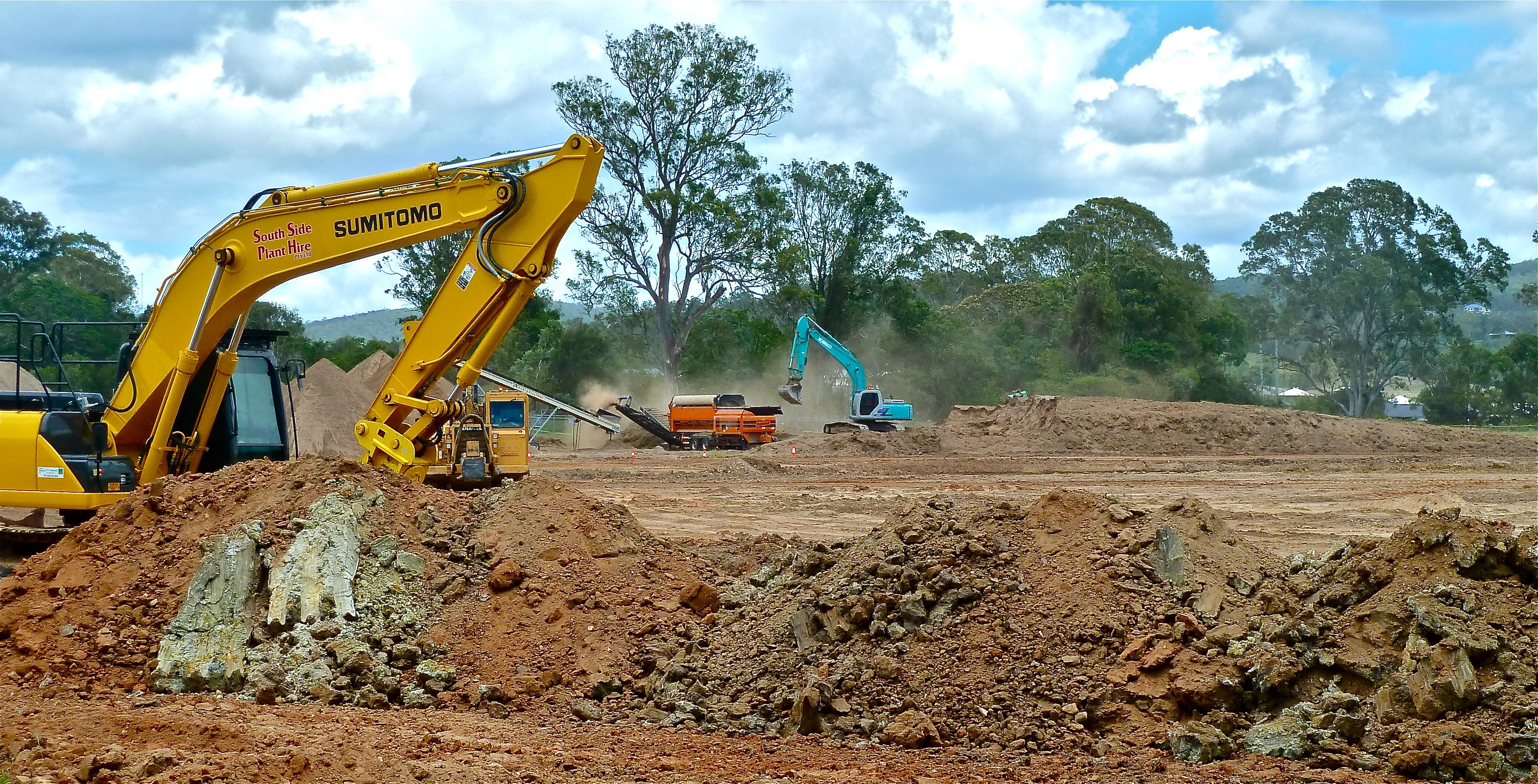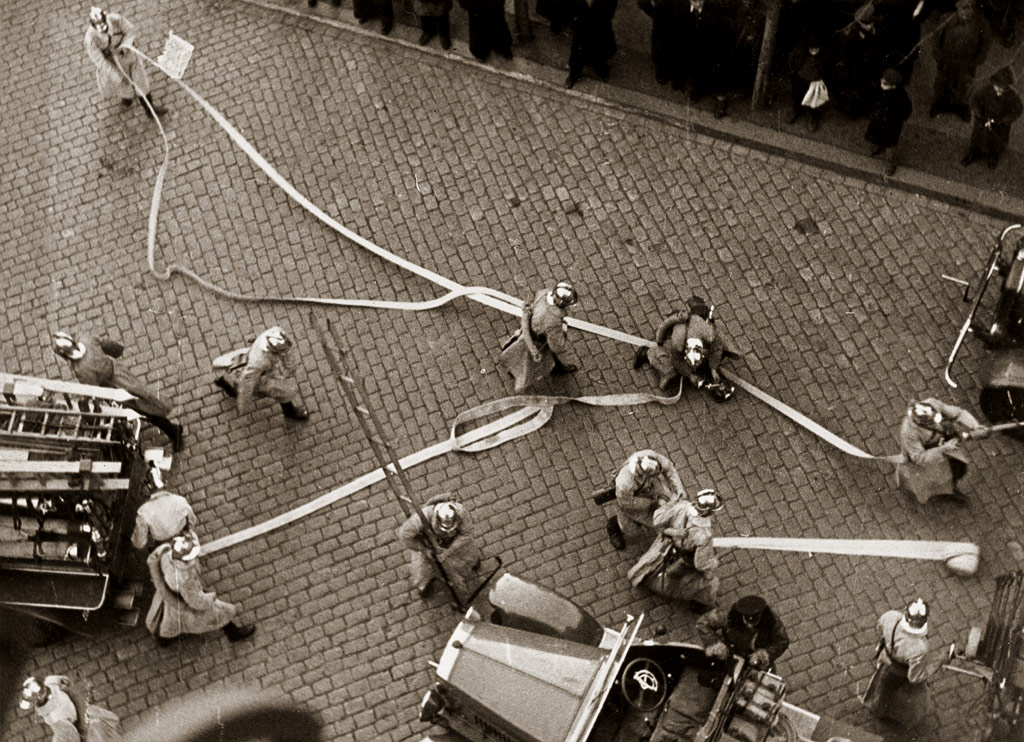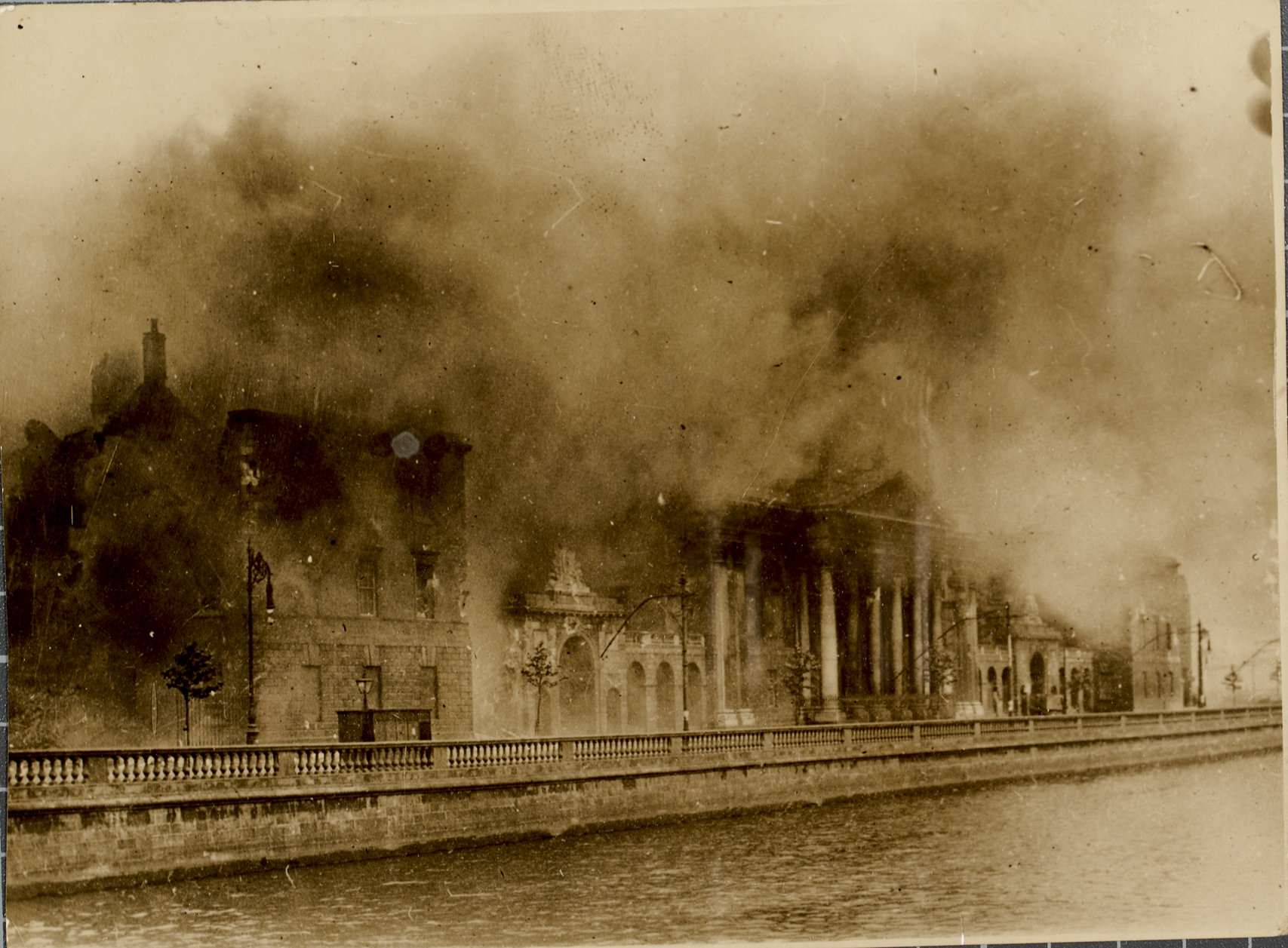|
Corps Of Engineers (Ireland)
The Corps of Engineers (ENGR) () is the military engineering branch of the Defence Forces (Ireland), Defence Forces of Republic of Ireland, Ireland. The Corps is responsible for combat engineering, construction engineering, and fire fighting services within the Defence Forces. The main role of the combat engineers is to provide engineering on the battlefield; the Corps has successfully leveraged its skill and expertise in several of the Irish Army's deployments on United Nations operations. History Following the establishment of the Irish Free State on 6 December 1922 General Routine Orders were issued which laid down the organisation of the first centralised Defence Forces. From an engineering point of view there were three particular problem areas to be overcome:- *The Barracks and Posts throughout the state were in great need of repair following the Irish War of Independence, War of Independence and the Irish Civil War, Civil War. *There was a general shortage of materials. ... [...More Info...] [...Related Items...] OR: [Wikipedia] [Google] [Baidu] |
Irish Army
The Irish Army () is the land component of the Defence Forces (Ireland), Defence Forces of Republic of Ireland, Ireland.The Defence Forces are made up of the Permanent Defence Forces – the standing branches – and the Reserve Defence Forces. The Army is part of the PDF. As well as maintaining its primary roles of defending the State and internal security within the State, since 1958 the Army has had a continuous presence in peacekeeping missions around the world. The Irish Army is organised into two brigades.The Air Corps (Ireland), Air Corps and Naval Service (Ireland), Naval Service support the Army in carrying out its roles. The Army has an active establishment of 7,520, and a reserve establishment of 3,869. Like other components of the Defence Forces, the Irish Army has struggled to maintain strength and had only 6,322 active personnel, and 1,382 reserve personnel. However, the Irish government introduced several measures in an attempt to improve recruitment and retentio ... [...More Info...] [...Related Items...] OR: [Wikipedia] [Google] [Baidu] |
Construction Engineering
Construction engineering, also known as construction operations, is a professional subdiscipline of civil engineering that deals with the designing, planning, construction, and operations management of infrastructure such as roadways, tunnels, bridges, airports, railroads, facilities, buildings, dams, utilities and other projects. Construction engineers learn some of the design aspects similar to civil engineers as well as project management aspects. At the educational level, civil engineering students concentrate primarily on the design work which is more analytical, gearing them toward a career as a design professional. This essentially requires them to take a multitude of challenging engineering science and design courses as part of obtaining a 4-year accredited degree. Education for construction engineers is primarily focused on construction procedures, methods, costs, schedules and personnel management. Their primary concern is to deliver a project on time within budget and of ... [...More Info...] [...Related Items...] OR: [Wikipedia] [Google] [Baidu] |
Humanitarian Demining
Demining or mine clearance is the process of removing land mines from an area. In military operations, the object is to rapidly clear a path through a minefield, and this is often done with devices such as mine plows and blast waves. By contrast, the goal of ''humanitarian demining'' is to remove all of the landmines to a given depth and make the land safe for human use. Specially trained dogs are also used to narrow down the search and verify that an area is cleared. Mechanical devices such as flails and excavators are sometimes used to clear mines. A great variety of methods for detecting landmines have been studied. These include electromagnetic methods, one of which (ground penetrating radar) has been employed in tandem with metal detectors. Acoustic methods can sense the cavity created by mine casings. Sensors have been developed to detect vapor leaking from landmines. Animals such as rats and mongooses can safely move over a minefield and detect mines, and animals can ... [...More Info...] [...Related Items...] OR: [Wikipedia] [Google] [Baidu] |
CBRN Defense
Chemical, biological, radiological, and nuclear defense (CBRN defense) or Nuclear, biological, and chemical protection (NBC protection) is a class of protective measures taken in situations where chemical warfare, chemical, biological warfare, biological, radiological warfare, radiological, or nuclear warfare, nuclear (including terrorism) hazards may be present. CBRN defense consists of CBRN passive protection, contamination avoidance, and Weapon of mass destruction, weapons of mass destruction mitigation. A CBRN incident differs from a hazardous material incident in both scope and intent. CBRN incidents are responded to under the assumption that they are intentional and malicious; evidence preservation and perpetrator apprehension are of greater concern than with Hazmat team incidents. A 2011 forecast concluded that worldwide government spending on CBRN defense products and services would reach US$8.38 billion that year. Etymology In English language, English, the 19 ... [...More Info...] [...Related Items...] OR: [Wikipedia] [Google] [Baidu] |
Explosive Ordnance Disposal
Bomb disposal is an explosives engineering profession using the process by which hazardous explosive devices are disabled or otherwise rendered safe. ''Bomb disposal'' is an all-encompassing term to describe the separate, but interrelated functions in the military fields of explosive ordnance disposal (EOD) and improvised explosive device disposal (IEDD), and the public safety roles of public safety bomb disposal (PSBD) and the bomb squad. History The first professional civilian bomb squad was established by Colonel Sir Vivian Dering Majendie a Major at the time in the Royal Artillery, Majendie investigated an explosion on 2 October 1874 in the Regent's Canal, when the barge 'Tilbury', carrying six barrels of petroleum and five tons of gunpowder, blew up, killing the crew and destroying Macclesfield Bridge and cages at nearby London Zoo. In 1875, he framed the Explosives Act, the first modern legislation for explosives control. He also pioneered many bomb disposal techni ... [...More Info...] [...Related Items...] OR: [Wikipedia] [Google] [Baidu] |
Fire Fighting
Firefighting is a profession aimed at controlling and extinguishing fire. A person who engages in firefighting is known as a firefighter or fireman. Firefighters typically undergo a high degree of technical training. This involves structural firefighting and wildland firefighting. Specialized training includes aircraft firefighting, shipboard firefighting, aerial firefighting, maritime firefighting, and proximity firefighting. Firefighting is a dangerous profession due to the toxic environment created by combustible materials, with major risks being smoke, oxygen deficiency, elevated temperatures, poisonous atmospheres, and violent air flows. To combat some of these risks, firefighters carry self-contained breathing apparatus. Additional hazards include falling (accident), falls – a constant peril while navigating unfamiliar layouts or confined spaces amid shifting debris under limited visibility – and structural collapse that can exacerbate the problems encountered in a toxi ... [...More Info...] [...Related Items...] OR: [Wikipedia] [Google] [Baidu] |
Camp Construction
Camp may refer to: Areas of confinement, imprisonment, or for execution * Concentration camp, an internment camp for political prisoners or politically targeted demographics, such as members of national or minority ethnic groups * Extermination camp, any of six Nazi death camps established for the systematic murder of over 2.7 million people * Federal prison camp, one of seven minimum-security United States federal prison facilities * Internment camp, also called a detention camp, for imprisonment (of citizens or perceived terrorists) without conviction of any crime * Labor camp, usually associated with forced or penal labor as a form of punishment * Nazi concentration camp run by the SS in Nazi Germany and German-occupied Europe. * Prisoner-of-war camp ** Parole camp, during the U.S. Civil war, where both sides guarded their own soldiers as prisoners of war * Subcamp, one or more outlying smaller concentration camps that came under the command of a main Nazi concentration ca ... [...More Info...] [...Related Items...] OR: [Wikipedia] [Google] [Baidu] |
Fortification
A fortification (also called a fort, fortress, fastness, or stronghold) is a military construction designed for the defense of territories in warfare, and is used to establish rule in a region during peacetime. The term is derived from Latin ("strong") and ("to make"). From very early history to modern times, defensive walls have often been necessary for cities to survive in an ever-changing world of invasion and conquest. Some settlements in the Indus Valley Civilization were the first small cities to be fortified. In ancient Greece, large cyclopean stone walls fitted without mortar had been built in Mycenaean Greece, such as the ancient site of Mycenae. A Greek ''Towns of ancient Greece#Military settlements, phrourion'' was a fortified collection of buildings used as a military garrison, and is the equivalent of the ancient Roman, Roman castellum or fortress. These constructions mainly served the purpose of a watch tower, to guard certain roads, passes, and borders. Th ... [...More Info...] [...Related Items...] OR: [Wikipedia] [Google] [Baidu] |
Demolition
Demolition (also known as razing and wrecking) is the science and engineering in safely and efficiently tearing down buildings and other artificial structures. Demolition contrasts with deconstruction (building), deconstruction, which involves taking a building apart while carefully preserving valuable elements for reuse purposes. For small buildings, such as houses, that are only two or three stories high, demolition is a rather simple process. The building is pulled down either manually or mechanically using large hydraulic equipment: elevated work platforms, cranes, excavators or bulldozers. Larger buildings may require the use of a wrecking ball, a heavy weight on a cable that is swung by a Crane (machine), crane into the side of the buildings. Wrecking balls are especially effective against masonry, but are less easily controlled and often less efficient than other methods. Newer methods may use rotational hydraulic shears and silenced rockbreakers attached to excavat ... [...More Info...] [...Related Items...] OR: [Wikipedia] [Google] [Baidu] |
Demining
Demining or mine clearance is the process of removing land mines from an area. In military operations, the object is to rapidly clear a path through a minefield, and this is often done with devices such as mine plows and blast waves. By contrast, the goal of ''humanitarian demining'' is to remove all of the landmines to a given depth and make the land safe for human use. Specially trained dogs are also used to narrow down the search and verify that an area is cleared. Mechanical devices such as flails and excavators are sometimes used to clear mines. A great variety of methods for detecting landmines have been studied. These include electromagnetic methods, one of which (ground penetrating radar) has been employed in tandem with metal detectors. Acoustic methods can sense the cavity created by mine casings. Sensors have been developed to detect vapor leaking from landmines. Animals such as rats and mongooses can safely move over a minefield and detect mines, and animals can ... [...More Info...] [...Related Items...] OR: [Wikipedia] [Google] [Baidu] |
Irish Civil War
The Irish Civil War (; 28 June 1922 – 24 May 1923) was a conflict that followed the Irish War of Independence and accompanied the establishment of the Irish Free State, an entity independent from the United Kingdom but within the British Empire. The civil war was waged between the Provisional Government of Ireland (1922), Provisional Government of Ireland and the Irish Republican Army (1922–1969), Anti-Treaty IRA over the Anglo-Irish Treaty. The Provisional Government (that became the Free State in December 1922) supported the terms of the treaty, while the Anglo-Irish Treaty Dáil vote#Anti-Treaty, anti-Treaty opposition saw it as a betrayal of the Irish Republic proclaimed during the Easter Rising of 1916. Many of the combatants had fought together against the British in the Irish Republican Army (1919–1922), Irish Republican Army during the War of Independence and had divided after that conflict ended and the Irish Republican Army and the Anglo-Irish Treaty, treaty neg ... [...More Info...] [...Related Items...] OR: [Wikipedia] [Google] [Baidu] |
Irish War Of Independence
The Irish War of Independence (), also known as the Anglo-Irish War, was a guerrilla war fought in Ireland from 1919 to 1921 between the Irish Republican Army (1919–1922), Irish Republican Army (IRA, the army of the Irish Republic) and United Kingdom of Great Britain and Ireland, British forces: the British Army, along with the quasi-military Royal Irish Constabulary (RIC) and its paramilitary forces the Auxiliary Division, Auxiliaries and Ulster Special Constabulary (USC). It was part of the Irish revolutionary period. In April 1916, Irish republicanism, Irish republicans launched the Easter Rising against British rule in Ireland, British rule and Proclamation of the Irish Republic, proclaimed an Irish Republic. Although it was defeated after a week of fighting, the Rising and the British response led to greater popular support for Irish independence. In the 1918 Irish general election, December 1918 election, republican party Sinn Féin won a landslide victory in Ireland. O ... [...More Info...] [...Related Items...] OR: [Wikipedia] [Google] [Baidu] |









